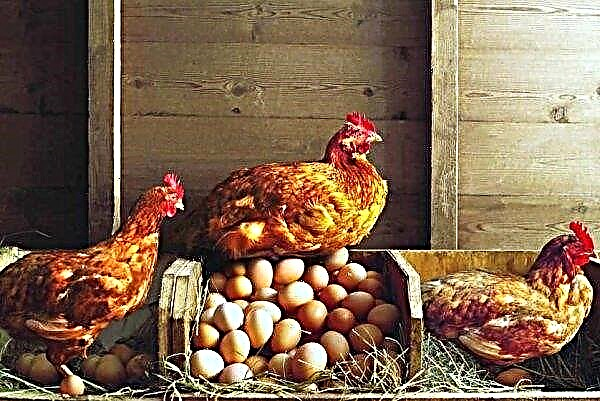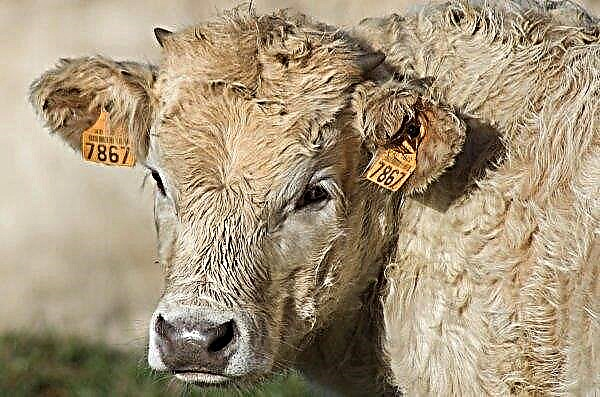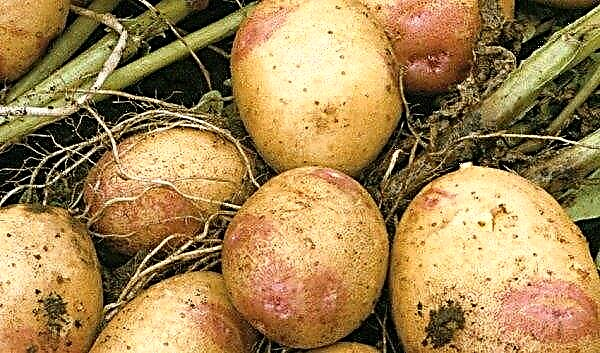African swine fever spanning all of Southeast Asia and threatening to spread even further creates a domino effect for commodity markets, farmers and consumers.
HSBC's cumulative commodity price index of 20 key resources rose 2% last month, with pork showing the highest growth. Pork prices, tracked by the bank’s commodity research department, rose by almost 40%. The cause of this unwanted inflation is the pig crisis in China.
“ASF in pigs has recently had a significant impact on the global pork market. This has an impact on the whole world, ”Paul Bloksham, HSBC Australia and New Zealand chief economist, warned in a recent study.
In China, an outbreak has already hit the economy as a whole. Consumer price inflation, which was controlled before the spread of the disease, rose more than 5% last month. This happens in a difficult time for the Chinese government, which is trying to wage an awkward trade war with the United States and revive the high economic growth rates that have determined the country's development over the past 20 years.
Soybean prices suffered the most. A cheap source of protein is the preferred pig feed and leader for the global agricultural sector. The S & P Global Platts SOYBEX CFR China Index, which measures the price of a product since the first ASF outbreaks last year, has fallen by 20% to just over $ 357 / t. This is a record low recession.
Despite signs of stabilization in China, ASF is spreading throughout Asia. Meanwhile, pig farmers outside of Asia benefit from cheaper feed costs and higher export demand. British pork exports to China, according to the UK Agriculture and Horticulture Development Council, increased by 28% compared to the same period last year, and pork prices in the EU rose by an average of 19%. According to HSBC, in the US, producers have raised pork prices by 80% since late February, partly due to expectations of higher demand for meat.
British pork exports to China, according to the UK Agriculture and Horticulture Development Council, increased by 28% compared to the same period last year, and pork prices in the EU rose by an average of 19%. According to HSBC, in the US, producers have raised pork prices by 80% since late February, partly due to expectations of higher demand for meat.












